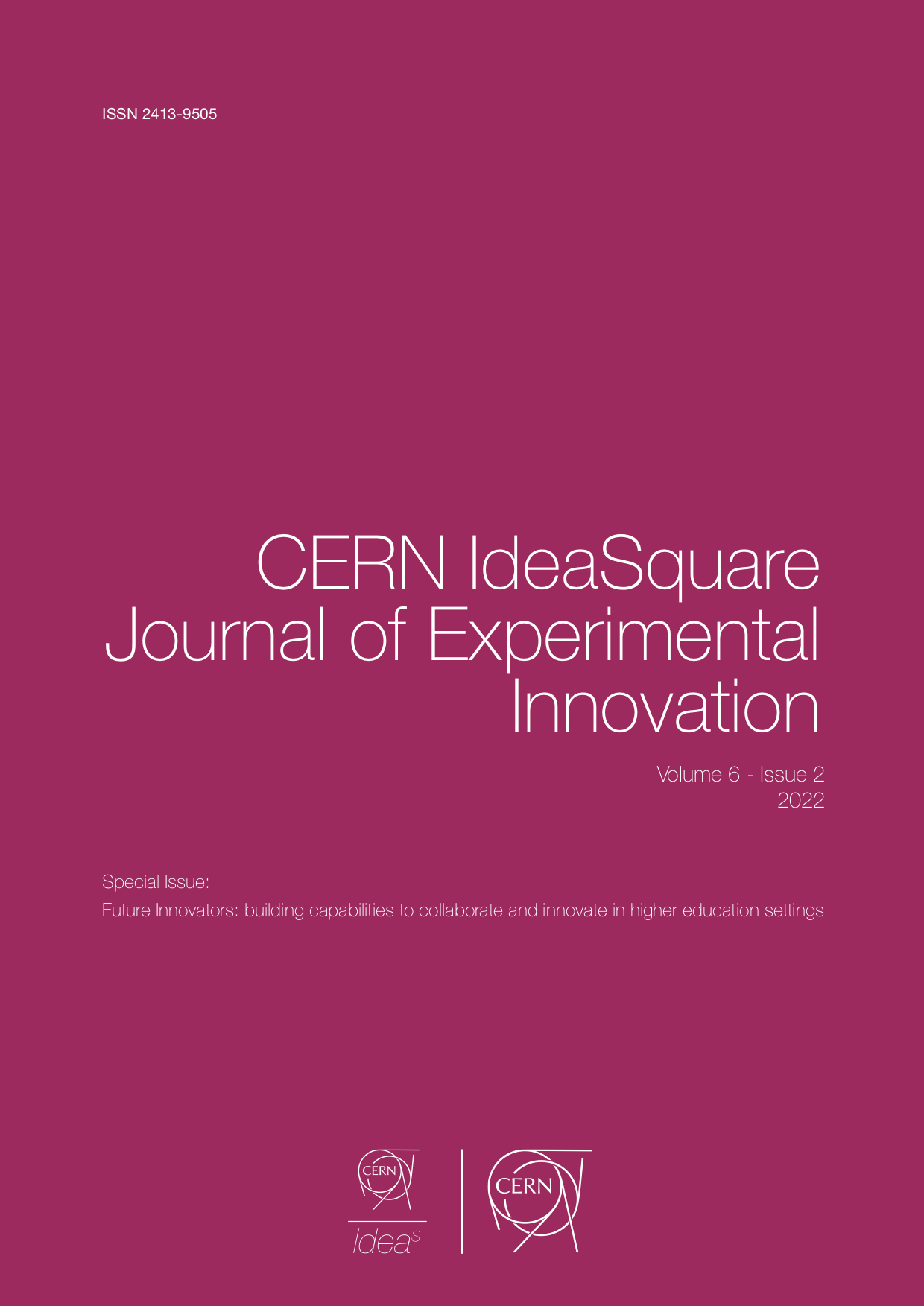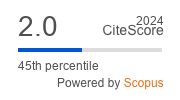Design-driven entrepreneurship: a cooking exercise to integrate effectuation and design thinking
DOI:
https://doi.org/10.23726/cij.2022.1399Keywords:
creativity, aesthetics, effectuation, design, ideation, new product developmentAbstract
This paper presents an experiential learning exercise to (a) Provide students with an effective analogy of the way entrepreneurs identify opportunities and solve problems in the development of new products, (b) Help them to reflect on the importance of defining a Creative Workflow in entrepreneurial endeavors, and (c) Encouraging students to practice Empathy. The proposed exercise is built on using cooking as a metaphor for design-driven innovation. The exercise design is grounded on effectuation, human-centered design, and pedagogic approaches relying on co-creation and prototyping (Aalto Design Factory, 2017). The exercise was created during the pandemic as part of a broader attempt to migrate an entrepreneurship course online. Since the course intensively used prototyping and design exercises, there was a need to find effective ways to transfer these teaching experiments to a virtual environment. The exercise was demoed to academic instructors during a virtual international conference on design-driven innovation. The experts’ feedback and reactions were collected through the video recording of the session and follow-up conversations. This paper will present the exercise in detail, lessons learned, and reflections extracted from the demo session.
References
Berglund, H., Bousfiha, M., & Mansoori, Y., 2020, Opportunities as Artifacts and Entrepreneurship as Design, The Academy of Management Review; 45(4): 825-846. https://doi.org/10.5465/amr.2018.0285
Berglund, K., & Verduijn, K., 2018, Revitalizing entrepreneurship education. Adopting a critical approach in the classroom. Routledge, London, UK.
Blank, S., & Dorf, B., 2020, The startup owner's manual: The step-by-step guide for building a great company. John Wiley & Sons, Hoboken, NJ, USA.
Brown, T., & Katz, B., 2019, Change by design: How design thinking transforms organizations and inspires innovation (Vol. 20091). Harper Business, New York, NY, USA.
Damasio, A., 2021, Feeling & Knowing: Making Minds Conscious. Pantheon, New Yok, NY, USA.
DMCS (2015). Creative Industries Economic Estimates, Department for Culture, Media & Sport Statistical release – UK government, available at https://assets.publishing.service.gov.uk/government/uploads/system/uploads/attachment_data/file/394668/Creative_Industries_Economic_Estimates_-_January_2015.pdf
Dew, N., Ramesh, A., Read, S., & Sarasvathy, S. D., 2017, Toward deliberate practice in the development of entrepreneurial expertise: The anatomy of the effectual ask. In: The Cambridge Handbook of Expertise and Expert Performance (pp. 389-412). Cambridge University Press, UK.
Dimov, D., 2016, Toward a Design Science of Entrepreneurship, Models of Start-up Thinking and Action: Theoretical, Empirical and Pedagogical Approaches (Advances in Entrepreneurship, Firm Emergence and Growth, Vol. 18), Emerald Group Publishing Limited, Bingley, pp. 1-31. https://doi.org/10.1108/S1074-754020160000018001
Evans, D., 2020, How Zoom became so popular during social distancing. Retrieved from CNBC: https://www.cnbc.com/2020/04/03/how-zoom-rose-to-the-top-during-the-coronavirus-pandemic.html
Hekkert, P., 2006, Design aesthetics: principles of pleasure in design. Psychology science; 48(2): 157.
Iandoli, L., & Zollo, G., 2022, Elegant Design. Bloomsbury, London, UK.
Ingold, T., 2013, Making Anthropology, Archaeology, Art and Architecture. Routledge, London, UK.
Koffka, K., 2013, Principles of Gestalt psychology. Routledge, London, UK.
Norman, D. A., 2004, Emotional design: Why we love (or hate) everyday things. Civitas Books.
Osterwalder, A., & Pigneur, Y., 2010, Business Model Generation: A Handbook for Visionaries, Game Changers, and Challengers (The Strategyzer series). John Wiley and Sons, Hobokien, NJ, USA.
Ries, E., 2011, The Lean Startup: How Today's Entrepreneurs Use Continuous Innovation to Create Radically Successful Businesses. Currency, Redfern, Sydney, Australia.
Sarasvathy, S. D., 2001, Causation and Effectuation: Toward a Theoretical Shift from Economic Inevitability to Entrepreneurial Contingency, The Academy of Management Review; 26(2): 243-263.
Sarooghui, H., Sunny, S., Hornsby, J., & Fernhaber, S., 2019, Design thinking and entrepreneurship education: Where are we, and what are the possibilities? Journal of Small Business Management; 57: 78-93.
Simon, H. A., 1996, The architecture of complexity. Sciences of the artificial (third ed). MIT Press., Cambridge, USA.
Thomas, D. R., 2006, A general inductive approach for analyzing qualitative evaluation data. American Journal of Evaluation, 27(2), 237–246.
Wertheimer, M., and Riezler, K., 1944, ‘Gestalt theory’, Social Research, 78–99.
Wujec, T., 2010, The marshmallow challenge. https://www.marshmallowchallenge.com
Downloads
Published
How to Cite
Issue
Section
Categories
License
Copyright (c) 2022 Kevin James, Luca Iandoli

This work is licensed under a Creative Commons Attribution 4.0 International License.
Authors who publish with this journal agree to the following terms:
- Authors retain copyright and grant the journal right of first publication with the work simultaneously licensed under a Creative Commons Attribution License that allows others to share the work with an acknowledgement of the work's authorship and initial publication in this journal.
- Authors are able to enter into separate, additional contractual arrangements for the non-exclusive distribution of the journal's published version of the work (e.g., post it to an institutional repository or publish it in a book), with an acknowledgement of its initial publication in this journal.
- Authors are permitted and encouraged to post their work online (e.g., in institutional repositories or on their website) prior to and during the submission process, as it can lead to productive exchanges, as well as earlier and greater citation of published work (See The Effect of Open Access).


